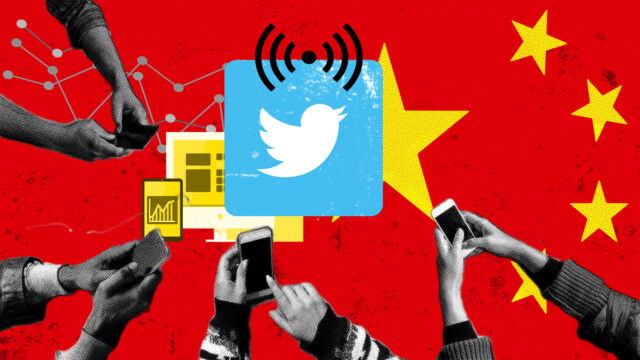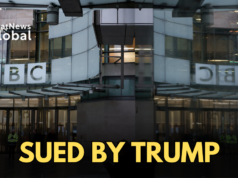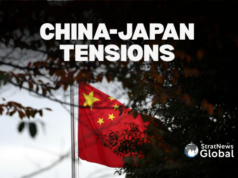NEW DELHI: India’s ban on 59 Chinese apps underscores the dichotomy in China where foreign apps are banned. The same for foreign social media with the exception of Twitter which the Chinese Communist Party has embraced. Here again, Twitter is banned domestically but used enthusiastically by government agencies involved in selling the Chinese narrative abroad, that includes its diplomats.
The speed with which China took to Twitter led many governments to launch investigations, with the U.S. government directing the CIA way back in 2009. The most recent probe has been by the Australian intelligence service, the aim of all being to understand just what the Chinese were up to, what their strategies were and the result.
India has done some homework on China’s use of Twitter and other social media partly because our cyber laws are known to be lax and poorly enforced, and also partly because the Indian online market is growing at a geometric rate with the average Indian consumer easily influenced by social media advertising. The few studies done so far suggest that the Chinese may have entered the Indian social media space in 2017, primarily to guide consumers to buy Chinese merchandise. That was also the year of the Doklam standoff, so intelligence officials believe the Chinese adapted this commercial penetration for strategic gain.
The strategic gain being to confuse, deflect or bring down any anti-China issues on social media. It appears the Chinese were concerned over the impact of widespread anti-China sentiment on its economy, on its policies that inflicted huge debts on poor countries, on its growing network of military bases and so on. Given the backlash against China over the Coronavirus, and increasingly also in countries resentful of Beijing’s economic stranglehold, the communist party leadership has roped in CCTV, Global Times, South China Morning Post, CGTN and Xinhua to manage their social media campaigns.
These agencies have opened their doors to new sub-groups and, according to some intelligence reports, hacking is being carried out through these sub-groups. The buzz in diplomatic circles in Delhi was that the Chinese had even got their diplomats into the act. So ambassadors and consul-generals in China’s missions in many parts of the world have joined in. At one point, cyber sleuths identified the Twitter accounts of 150 top diplomats and found that 120 of them had joined Twitter in the last year. More alarming, it was found that 7000 fake Twitter accounts were linked to diplomats including spokesmen of the Chinese foreign ministry. Even more odd, Twitter is banned in China (also Facebook) but most claimed to be based in the mainland.
Pro-China propaganda has seen a dramatic increase with at least 105,000 fake Chinese accounts running coordinated propaganda. According to Western media reports quoting unnamed intelligence officials, much of the tweeting was being done during working hours in China!
Back to the Indian angle. Around 5000 fake Twitter accounts that were streaming propaganda about the Coronavirus and Hong Kong suddenly began spreading disinformation about the standoff in Ladakh. But the Chinese have a problem: they are not getting “persons of eminence” to come on board their propaganda platform. Use of high frequency bots has been detected belting out tweets at the rate of 500 a day. Police are investigating instances of Indian influencers with links to Chinese diplomats, running pro-China propaganda.
Some Chinese Twitter handles claimed 72 Indian troops were dead or badly injured when they fell into the deep gorges of the Galwan Valley. Photos were put out showing some with their hands and feet bound. Others had Chinese medical personnel attending to them. The Indian army was also derided as lacking modern equipment.
Several Twitter accounts were detected claiming to be from Japan that were regularly posting anti-Indian content in Japanese and English. They were traced to Chinese diplomats, who were following self-declared bot accounts. Their tweets did not include any original content, only propaganda being re-tweeted. It confirmed the impression that the Chinese propaganda machinery had hired commercial re-tweet services to churn out twitter propaganda on an industrial scale.
Last word: There seems little doubt that a social media exercise of this kind is directly monitored by Xi Jinping’s office. Indian cyber sources believe this country was ensnared by China into cooperating with its narrative on the Coronavirus at a time when the rest of the world had turned away. There is also concern that given the significant reservoir of pro-socialist/pro-China/anti-west sentiment in India, Beijing’s orchestrated social media campaign will draw in such groups to undermine India’s own narrative. This must be guarded against.





